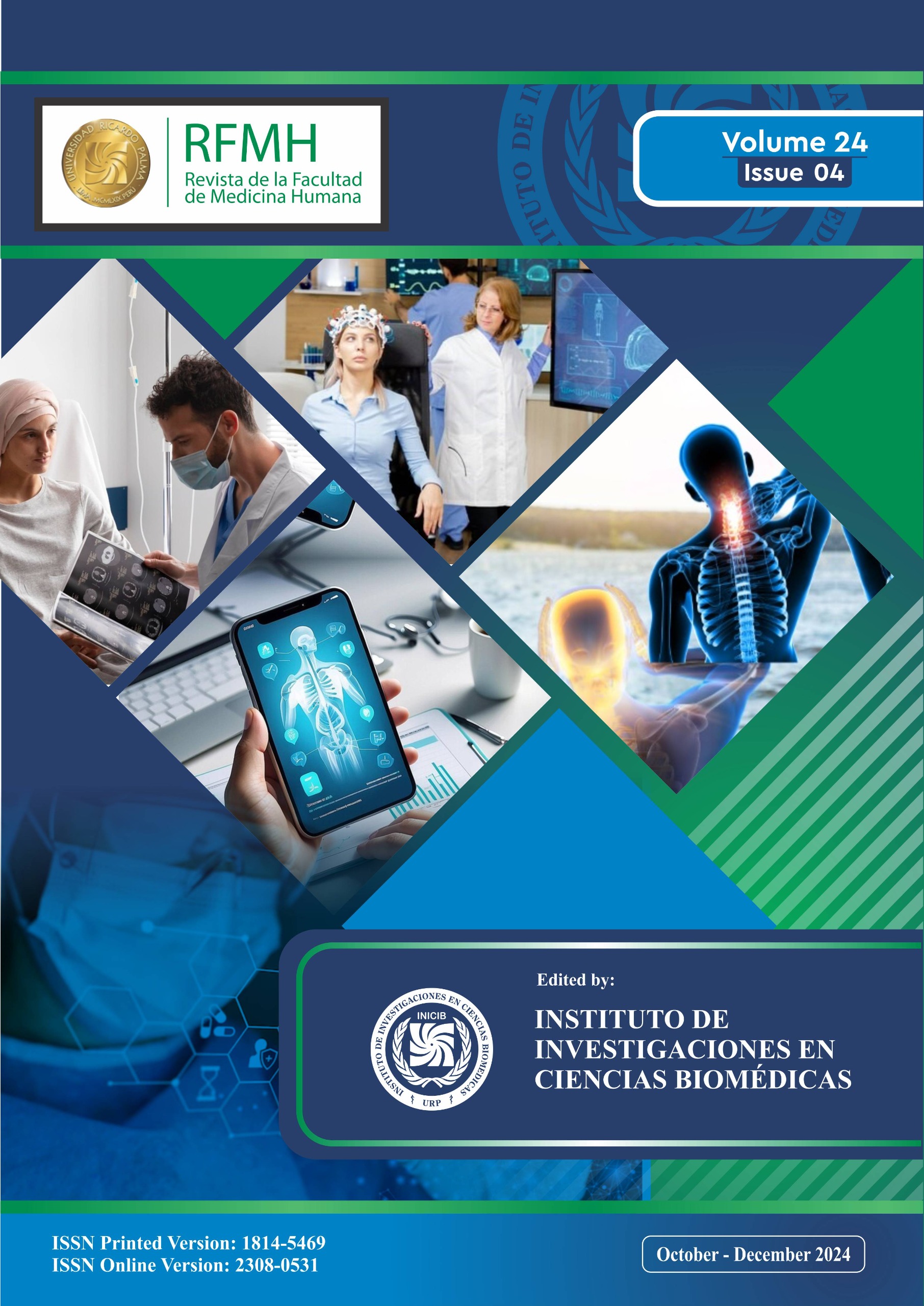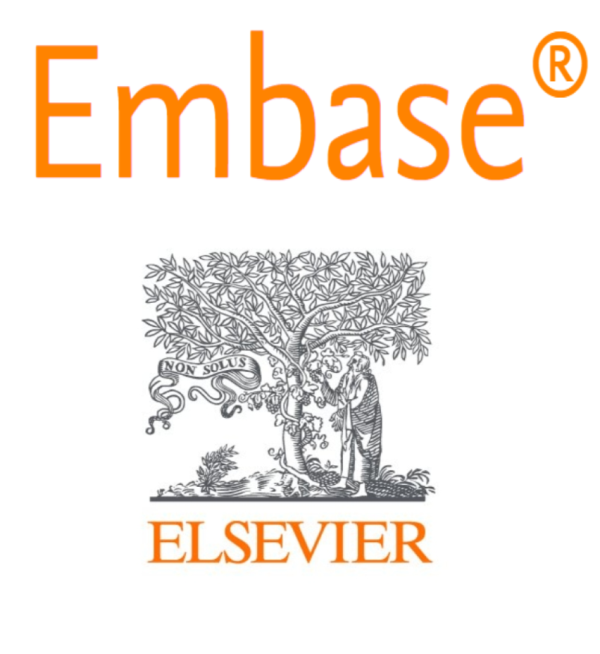Association Between Informal Employment and Positive COVID-19 Cases in Peru
Asociación entre el empleo informal y los casos positivos de COVID-19 en el Perú | 秘鲁非正式就业与COVID-19阳性病例之间的关联
Keywords:
Informal sector, COVIDAbstract
Objectives: To identify the association between the number of informal workers and the number of positive COVID-19 cases in Peru.
Methods: Data from the National Institute of Statistics and Informatics of Peru and the National COVID-19 Database were used. Bivariate and multivariate linear regression analyses were conducted to assess the relationship between the number of informal workers, population density, altitude, and the number of positive COVID-19 cases.
Results: The bivariate analysis showed that the number of informal workers was significantly associated with positive cases in both high and low altitude regions (p<0.001). In the multivariate analysis, informal workers (p<0.001), population density (p=0.02), and altitude (p<0.001) were found to be associated with the number of positive COVID-19 cases.
Conclusions: Informal workers are common in low- and middle-income countries where social security is lacking, and they depend economically on daily wages. Their situation worsened due to social mobility restrictions, which forced them to continue working and consequently increased their susceptibility to infection, further becoming a source of contagion.
Downloads
References
Lopez-Ruiz M, Benavides FG, Vives A, Artazcoz L. Informal employment, unpaid care work, and health status in Spanish-speaking Central American countries: a gender-based approach. Int J Public Health. 2017;62(2):209–18.
Ahmad N, Aggarwal K. Health shock, catastrophic expenditure and its consequences on welfare of the household engaged in informal sector. J Public Heal. 2017;25(6):611–24.
Chirisa I, Mutambisi T, Chivenge M, Mabaso E, Matamanda AR, Ncube R. The urban penalty of COVID-19 lockdowns across the globe: manifestations and lessons for Anglophone sub-Saharan Africa. GeoJournal [Internet]. 2020;6. Available from: https://doi.org/10.1007/s10708-020-10281-6
Horna-Campos OJ, Consiglio E, Sánchez-Pérez HJ, Albert N, Caylá JA, Martín-Mateo M. Pulmonary tuberculosis infection among workers in the informal public transport sector in Lima, Peru. Occup Environ Med [Internet]. 2011 Feb;68(2):163–5. Available from:http://oem.bmj.com/cgi/doi/10.1136/oem.2009.051128
Benítez MA, Velasco C, Sequeira AR, Henríquez J, Menezes FM, Paolucci F. Responses to COVID-19 in five Latin American countries. Heal Policy Technol. 2020;(xxxx).
Instituto Nacional de Estadística e Informática. Bases de datos [Internet]. 2020. Available from: https://www.inei.gob.pe/bases-de-datos/
Gobierno del Peru. Plataforma nacional de datos abiertos [Internet]. 2020. Available from: https://www.datosabiertos.gob.pe/group/datos-abiertos-de-covid-19
Organization International Labour. Measuring informality: A statistical manual on the informal sector and informal employment. International Labour Office population density on the COVID-19 spreading under the lockdown policies of China. Sci Total Environ [Internet]. 2020;746(666):141347. Available from: https://doi.org/10.1016/j.scitotenv.2020.141347
Sun Z, Zhang H, Yang Y, Wan H, Wang Y. Impact of geographic factors and population density on the COVID-19 spreading under the lockdown policies of China. Sci Total Environ [Internet]. 2020;746(666):141347. Available from: https://doi.org/10.1016/j.scitotenv.2020.141347
Chen M. COVID-19, Cities and Urban Informal Workers: India in Comparative Perspective. Indian J Labour Econ [Internet]. 2020;63(s1):41–6. Available from: https://doi.org/10.1007/s41027-020-00254-1

Downloads
Published
How to Cite
Issue
Section
License
Copyright (c) 2024 Revista de la Facultad de Medicina Humana

This work is licensed under a Creative Commons Attribution 4.0 International License.





























